If you want a website that looks great and is easy to use, you need good web design. This is true for everyone from bloggers to business owners. We’ll teach you the basics of web design in this blog post. We’ll talk about things like balance, contrast, and white space. These principles help make your site look good and work well. We’ll also give tips on tools you can use to help with your design. Finally, we’ll cover navigation and speed optimization. And we’ll show how AI tools can help you make data-driven decisions. By reading this post, you’ll have a better understanding of how to create a successful website that people will love to use!
Understanding the Fundamentals of Web Design
Incorporating layout, color, graphics, fonts, and content, web design encompasses various essential elements. Understanding these fundamentals is pivotal for creating visually appealing websites. A user-friendly interface and responsive design are paramount for ensuring a positive experience for site visitors across different screen sizes and browsers. Effective web design not only enhances user experience but also improves functionality. Focus on usability, visual design, and user experience aspects is central to web design principles, aiming to create engaging and functional websites. Utilizing design principles such as balance, contrast, emphasis, and movement contributes to the overall success of website builder tools and UI design, thus improving the design of websites for optimal performance.
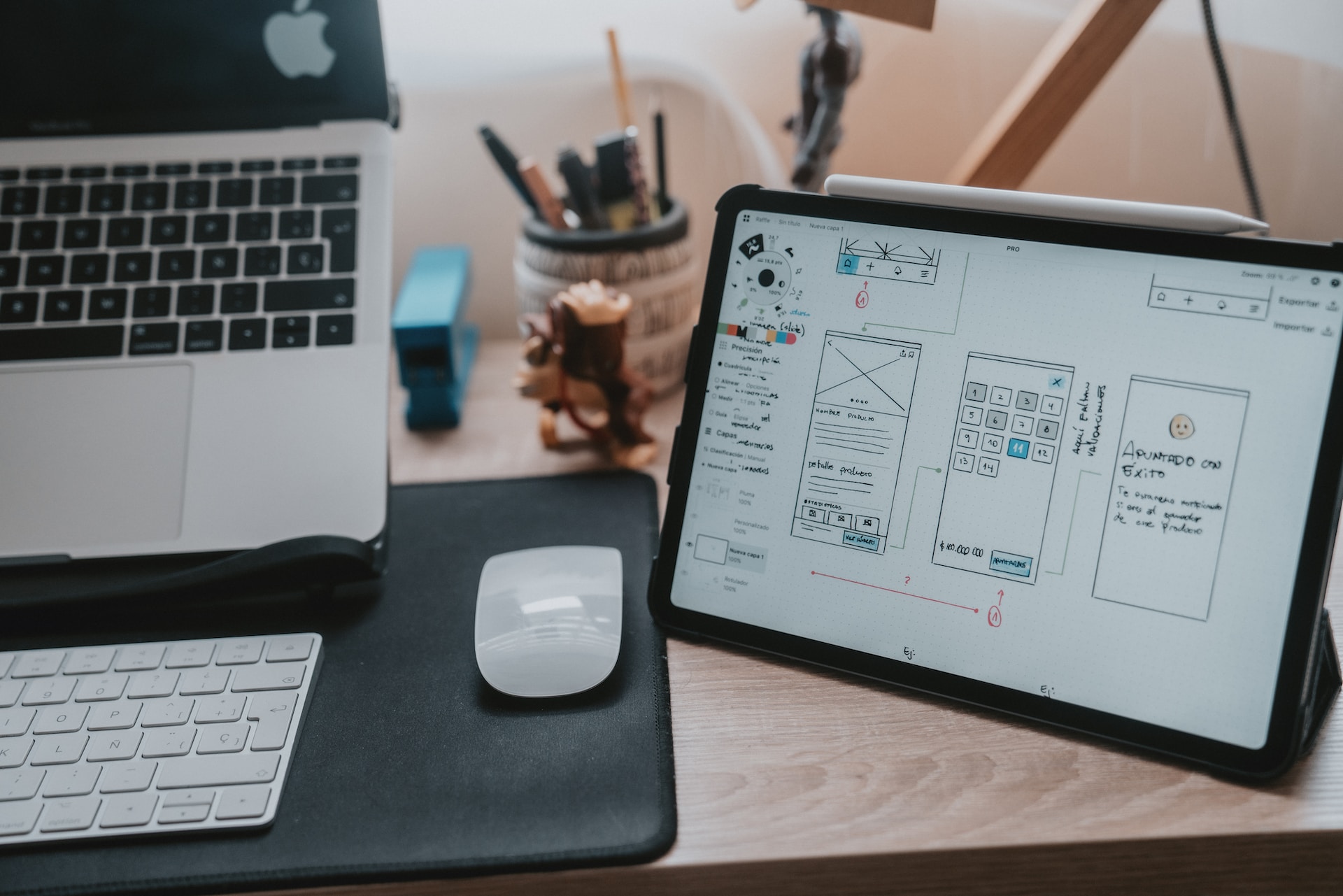
Web Design versus Website Development
In the realm of digital creation, one must acknowledge the distinction between web design and website development. While web design centers on the aesthetic aspects and user interface of a site, website development revolves around the intricate realms of coding and programming. The primary goal of web design is to craft an engaging and visually appealing interface that captivates site visitors, whereas website development guarantees functionality and top-tier performance. Web design encompasses various facets such as graphic design, layout, and user experience (UI) design, whereas website development delves into software development and open-source technologies to ensure seamless functionality. It’s essential to emphasize that web design emphasizes visual design, user experience, and overall appearance, while website development zeroes in on software development and functionality.

Importance of Design Principles in Web Design
Design principles are crucial in web design. They enhance the appearance and user experience, making it easy to use and visually pleasing. By following these principles, usability, layout, and visual aspects of a website are improved for success. It is essential for any website builder or designer to create a seamless and engaging experience for site visitors. This ensures that the website is not only visually appealing but also functional and optimized for the best user experience possible on any screen size.
What Are Essential Tools for Success in Web Design?
Web design success hinges on the use of essential tools and software that aid in web development and produce visually stunning websites. Incorporating crucial design elements and following best practices are fundamental to modern website design. An important tool in web design is UX Design, which emphasizes creating user-friendly products. In addition to UX Design, several other vital tools can help streamline the web design process. For instance, Adobe Creative Cloud is an all-in-one platform for graphic designers that includes Photoshop, Illustrator, InDesign, and many other programs. It allows designers to create illustrations, edit photos or videos, and develop layouts for print or digital media. Another essential tool for web designers is Sketch. It is a vector-based application that is used primarily for designing user interfaces (UI) and digital products. Sketch offers several features such as infinite canvas size, vector editing, shared libraries, and plugins that make it a popular choice among designers.
Moreover, Figma is another popular interface design tool that allows designers to collaborate with others on a project in real time. This cloud-based software enables users to create prototypes quickly and efficiently while also facilitating easy sharing with stakeholders. Lastly, WordPress is a powerful content management system (CMS) that empowers designers to create beautiful websites without writing complex code. It offers themes and templates that can be customized to suit specific needs while also providing access to thousands of plugins for added functionality. employing the right tools and software in web design can significantly impact the final product’s quality. By leveraging these resources effectively, designers can create visually stunning websites that deliver exceptional user experiences.

Incorporating Balance and Contrast in Web Design
In web design, achieving balance is crucial as it creates visual stability and harmony on a webpage. It ensures that the elements are well-proportioned, providing a sense of equilibrium. Contrast, on the other hand, plays a key role in emphasizing important elements and enhancing the visual appeal of the website. By effectively using both balance and contrast, the overall aesthetics of a website are heightened. This not only enhances the user experience but also elevates the visual design of the website. The strategic deployment of contrast and balance in UI design can significantly impact the way site visitors engage with content and navigate through the website. Consideration of screen size, stock images, and design of websites should be made to ensure that the home page is visually engaging across different browser windows and devices.
How to Achieve Balance in Your Design
Creating a harmonious layout in web design involves starting with a thoughtfully chosen color scheme, comprising a primary color and one or two complementary colors. Achieving balance requires distributing visual elements evenly across the web page and ensuring a harmonious visual weight and spacing. Grids and symmetry play a pivotal role in achieving a balanced web design layout, which in turn ensures a visually pleasing and user-friendly interface for site visitors. Incorporating balance not only enhances the visual hierarchy but also improves the overall usability of the website. By maintaining a balanced design, the website builder can create a cohesive and engaging UI design. This contributes to an enhanced user experience, regardless of the screen size or browser window used by site visitors.
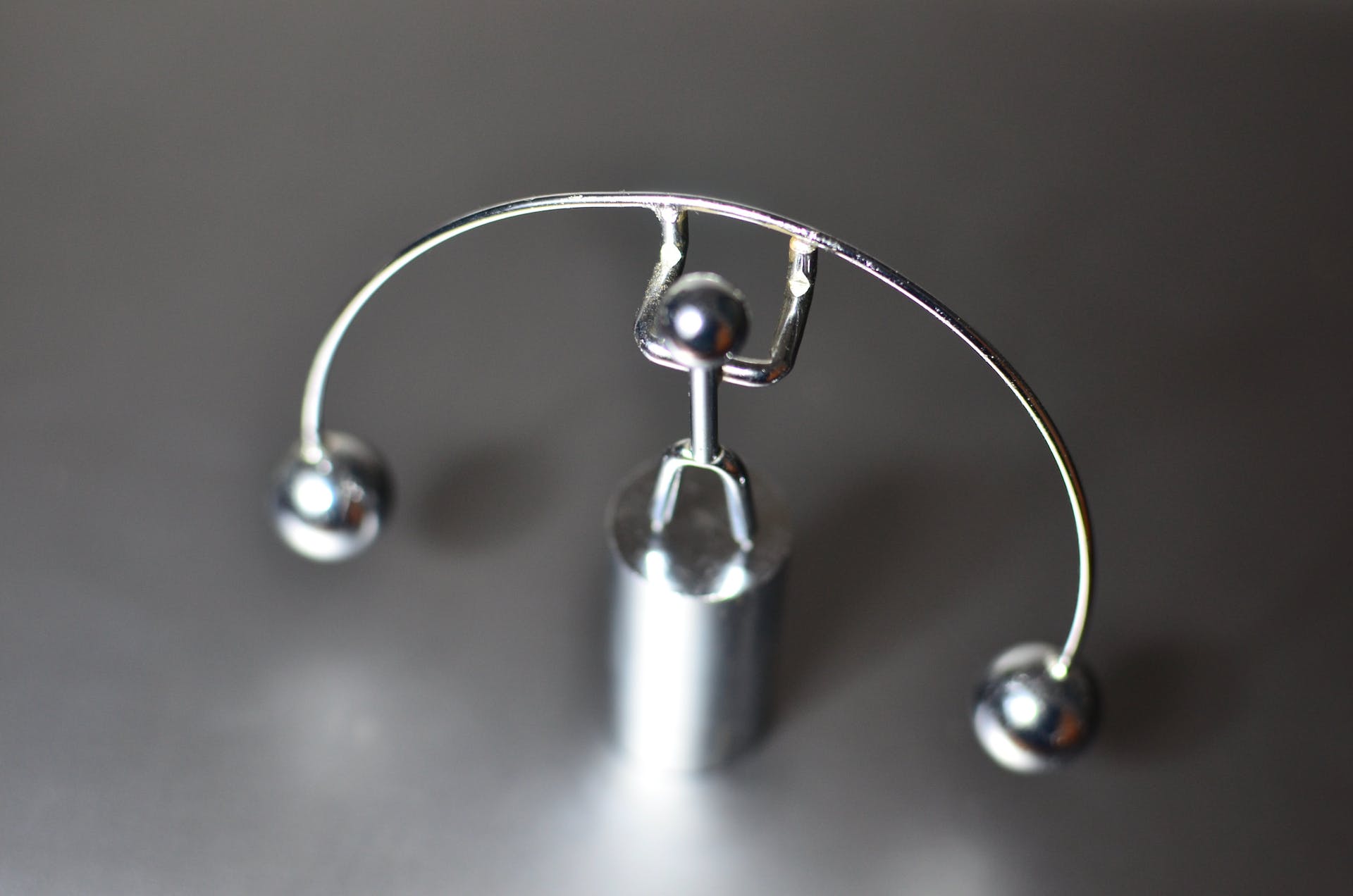
Using Contrast to Enhance Visual Appeal
Enhancing visual appeal in web design involves leveraging contrast to create visual interest and emphasize key elements. By skillfully utilizing contrasting colors, fonts, and imagery, web designers can significantly improve the overall visual appeal of a website. Moreover, effective use of contrast not only contributes to a dynamic and visually engaging web design but also enhances the user experience by drawing attention to specific design elements. This deliberate incorporation of contrast is instrumental in improving the aesthetics and visual hierarchy of a website, ultimately leading to a more captivating and impactful user interface.
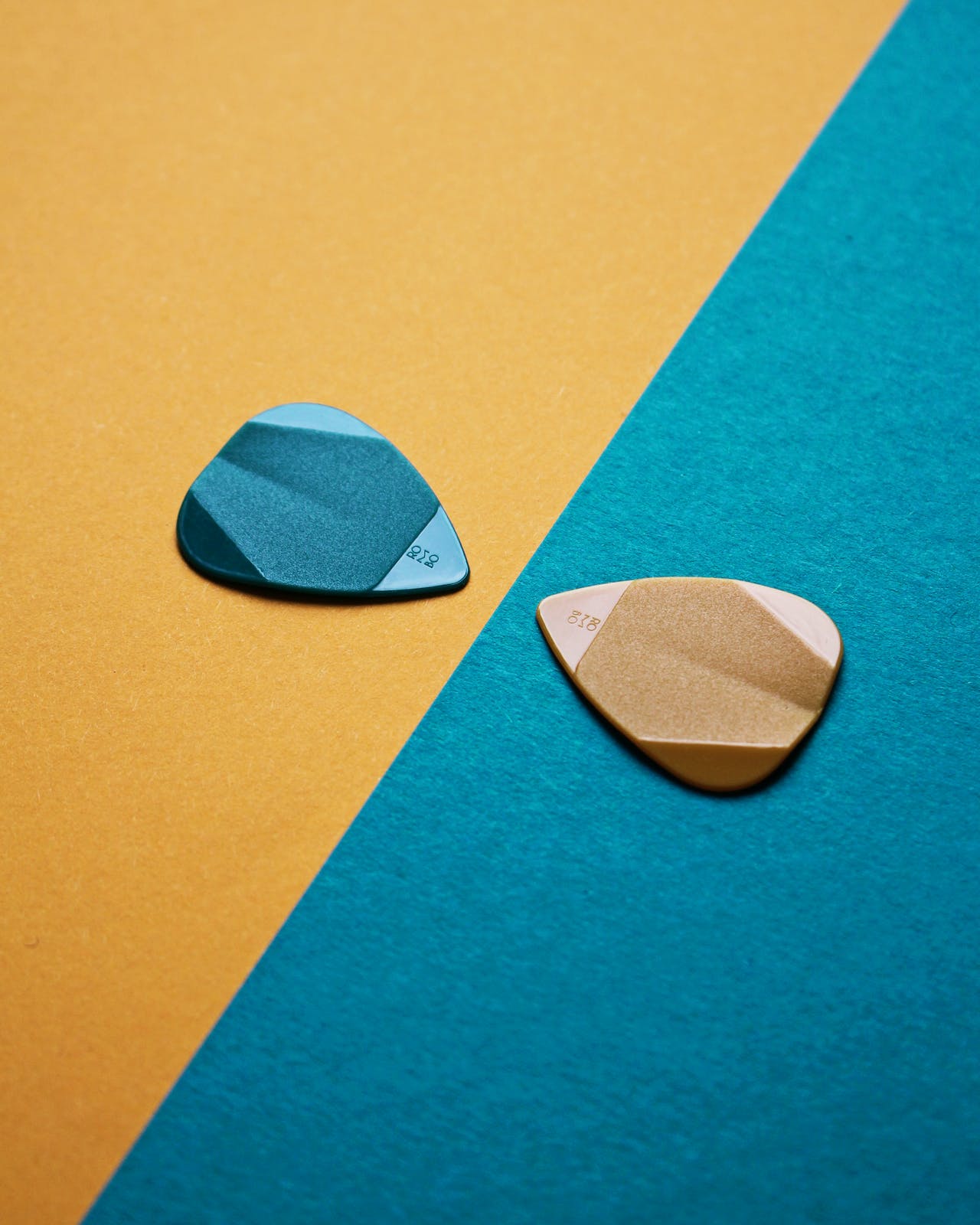
The Role of Emphasis and Movement in Engaging Web Designs
Emphasis within a web design layout acts as a guide, directing the user’s focus to specific focal points strategically placed on the webpage. By creating a visual hierarchy, emphasis ensures that site visitors are drawn to essential elements, such as the call-to-action buttons or key messages. Movement in web design adds a sense of dynamism and engagement, making the user experience more interactive and captivating. When used strategically, both emphasis and movement contribute to a visually appealing and engaging web design, elevating the overall user interface and experience. Incorporating these design elements leads to a captivating website, enhancing the visual appeal and ensuring that the site visitors are intuitively guided through the webpage.
Techniques for Creating Emphasis
Effective web design involves leveraging various techniques to create emphasis and enhance user experience. By skillfully using color, size, and typography, web designers can draw attention to key elements, guiding site visitors through the webpage. Strategic placement of visual elements and imagery also plays a crucial role in emphasizing important content and design elements, contributing to an engaging UI design. These emphasis techniques not only improve the visual appeal of a website but also optimize the browsing experience across different browser windows and screen sizes. Incorporating such emphasis techniques demonstrates a confident understanding of the design principles, ensuring that the home page and header of the website are visually captivating and effectively communicate with users.

The Impact of Movement on User Experience
Incorporating animation and interactive elements enhances user experience through movement, adding visual interest and engaging users with dynamic elements. Movement contributes to a lively and interactive user interface, improving user engagement and elevating the visual design and user experience of a website. The impact of movement on user experience creates a memorable and engaging website interaction, serving as a key component of successful UI design. By strategically implementing movement, website builders can create an immersive and captivating experience for site visitors, regardless of screen size or browser window. Furthermore, the design of websites greatly benefits from the effective use of movement, as it elevates the overall user interface, making the home page and other web pages more visually appealing.
Understanding Rhythm, Hierarchy, and White Space in Web Design
Establishing visual flow and coherence through rhythm is crucial in web design, guiding site visitors through the webpage seamlessly. Hierarchy plays a pivotal role in organizing content and directing user attention effectively. Additionally, white space enhances visual clarity and user experience, contributing to a polished and user-friendly website design. Understanding rhythm, hierarchy, and white space is essential for creating a well-balanced web design that engages users. Incorporating these elements not only improves the overall aesthetics but also ensures a seamless browsing experience for the site visitors. By strategically implementing rhythm, hierarchy, and white space, a website builder can create a design that captivates the audience and fosters meaningful interactions.
Creating Rhythm to Guide User Experience
Enhancing user navigation experience starts with a well-structured layout that guides site visitors seamlessly. Consistent visual elements establish a seamless user journey, while strategic use of the color scheme and typography ensures a rhythmic flow and directs user attention to key elements. By maintaining a proper rhythm in design, users can effortlessly navigate the webpage. This strategic approach in design not only engages users but also creates a memorable and visually appealing website experience. By leveraging rhythmic patterns, web designers can successfully guide users through the webpage, ensuring a cohesive and intuitive browsing experience.

The Importance of Hierarchy in Web Design
In web design, clear hierarchy is paramount as it guides user interaction and engagement. The design dictates user attention and navigation flow, ensuring an organized and user-friendly experience. Visual hierarchy directs focus to essential design elements, enhancing overall user interaction. By establishing an effective hierarchy, website builders can optimize the layout for improved UI design, catering to site visitors’ diverse needs across different screen sizes and browsers. Attention to proper hierarchy not only influences the perception of the home page but also impacts the entire webpage, directing users through the content with seamless precision.
Utilizing White Space for Clean and Organized Design
Utilizing white space in web design optimizes visual aesthetics by allowing for breathing room within the layout. Strategic use of white space promotes a clean and organized design, enhancing the overall user interface functionality. Adequate white space not only improves user interaction and engagement but also contributes to a visually appealing and clutter-free website. By incorporating proper utilization of white space, websites can create a seamless browsing experience for site visitors, regardless of the browser window or screen size they are using. This ensures that the design of websites remains impactful and user-friendly, promoting increased engagement and interaction.
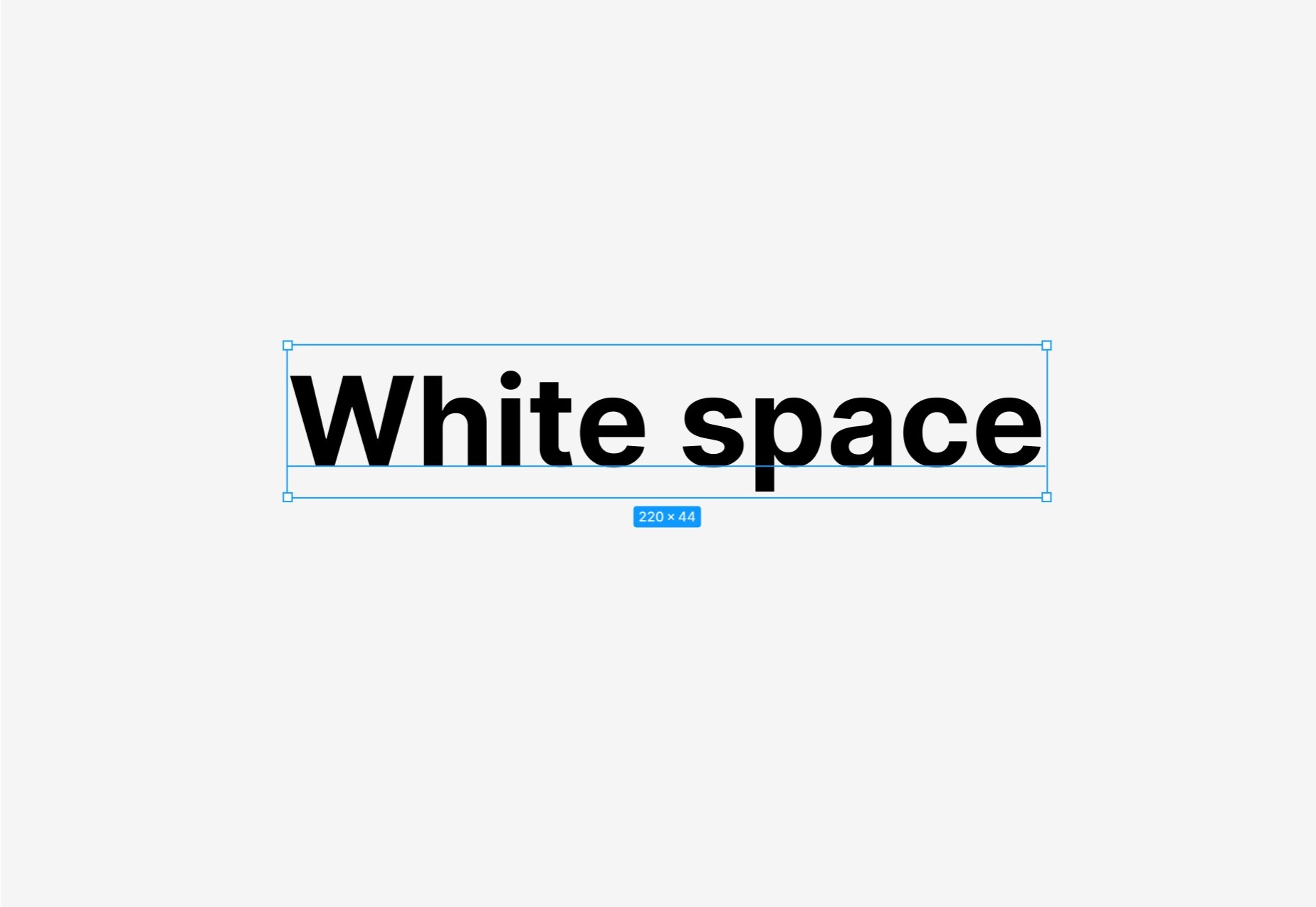
What Are Top Free Websites for Web Design Guidance?
Are you looking for free websites to guide your web design journey? Look no further! Platforms like Wix and WordPress offer modern, responsive designs. Canva and Adobe XD provide templates and functionality. Open-source software like GIMP is perfect for advanced graphic design. Explore these tools to create stunning web designs.
What to Look for in a Web Design Tutorial Website
When considering a web design tutorial website, it’s essential to emphasize modern best practices and user experience (UX) design strategies. The website should provide comprehensive guidance on interaction design, layout, typography, color scheme, and overall appearance. In addition, a strong focus on web development aspects, such as CSS and HTML, is crucial for a well-rounded learning experience. Moreover, an effective website would cover key elements of responsive web design and mobile app design, catering to the evolving digital landscape. By prioritizing these aspects, users can benefit from a holistic learning experience that equips them with the necessary skills to design functional and aesthetically pleasing websites. It’s important to seek out tutorial websites that offer a well-rounded approach, covering both design and development aspects for a comprehensive learning experience.
Best Websites for Learning Web Design
Looking for the best platforms to enhance your web design skills? Websites like Codecademy and Coursera focus on UI design and graphic design, while Google’s courses cater to beginners and intermediates. These platforms offer tutorials on web standards, layout, functionality, imagery, animation, and font usage. They also provide in-depth guidelines on web page optimization and SEO, ensuring that you gain a comprehensive understanding of web design. And if coding interests you, check out WordPress, which powers 43% of websites. Embrace these educational websites to expand your knowledge and skills in web design.
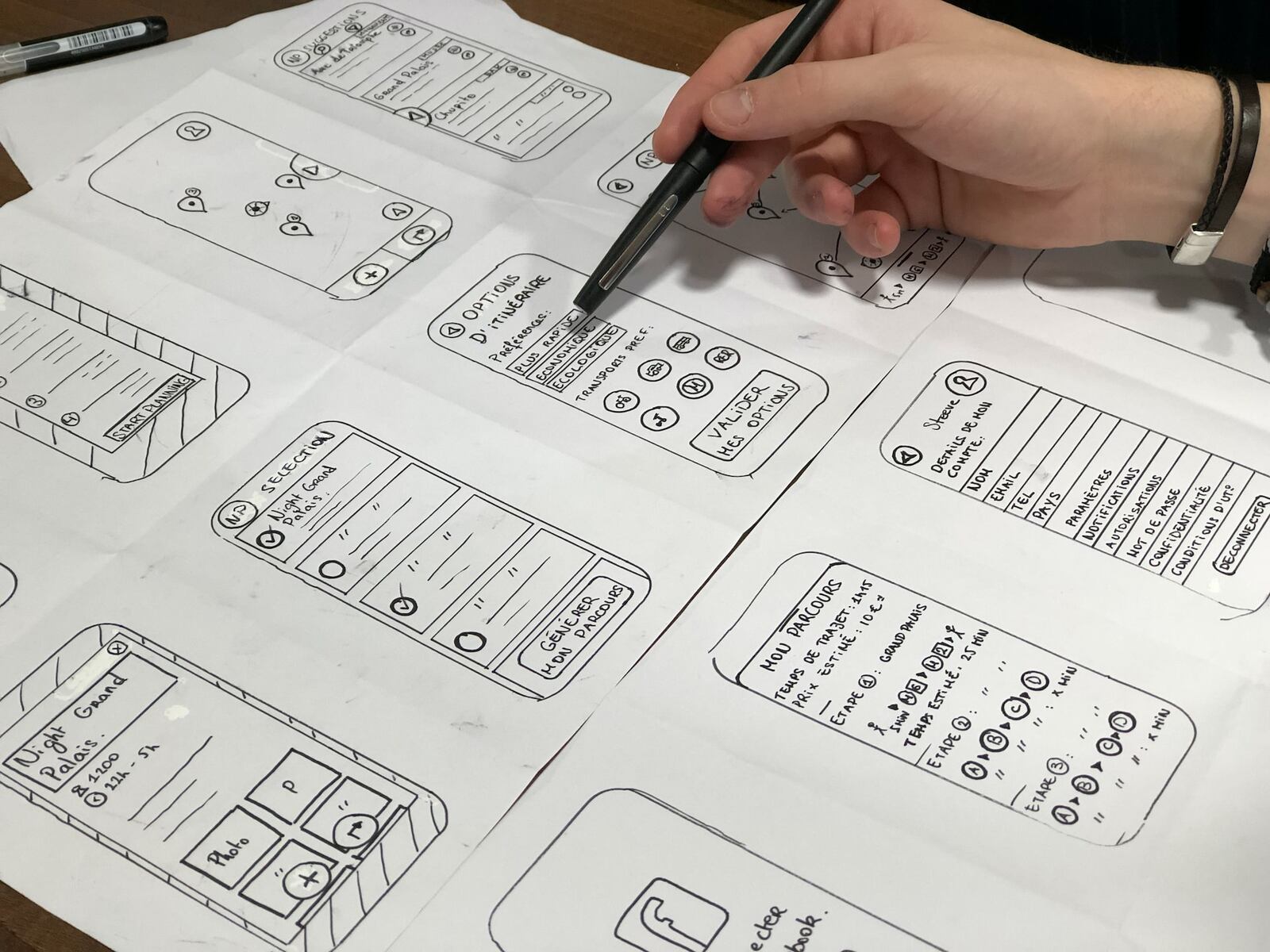
Exploring Functional Components in Web Design
In enhancing website usability and user experience, functional components play a pivotal role in web design. These design elements significantly improve user interaction and navigation experience, essentially determining the functionality of the user interface. The aspects of user experience in website development heavily rely on the integration of functional components, elevating the overall usability of the website. By prioritizing functional web design elements, a website can ensure a seamless and intuitive experience for site visitors. Implementing effective navigation design further optimizes the user experience, while the consideration of speed and SEO as key factors in web design enhances the overall functionality of the site.
Navigation Design for Optimal User Experience
Efficient navigation design is crucial for ensuring a user-friendly interaction on websites. Seamless and intuitive navigation contributes significantly to the functionality and engagement of the user experience. Clear navigation design facilitates enhanced user interaction and promotes overall engagement. The design of websites heavily relies on the effectiveness of navigational functionality to deliver an optimal user experience. It’s important to note that user experience design encompasses various elements, with navigation playing a key role in influencing visitor behavior and satisfaction.
Speed and SEO: Key Factors in Web Design
Achieving optimal website speed is essential for enhancing user experience and boosting search engine ranking. Integrating SEO practices not only increases website visibility but also enhances user experience, ensuring that your site attracts and retains visitors. The speed and SEO practices you implement have a direct and significant impact on the overall performance of your website. A fast-loading website is paramount in improving user satisfaction and securing a favorable position in search engine rankings. It’s important to recognize that web design plays a crucial role in determining both the speed of your website and its search engine optimization, making it imperative to carefully consider these factors during the design process. Drive more traffic: guaranteed SEO
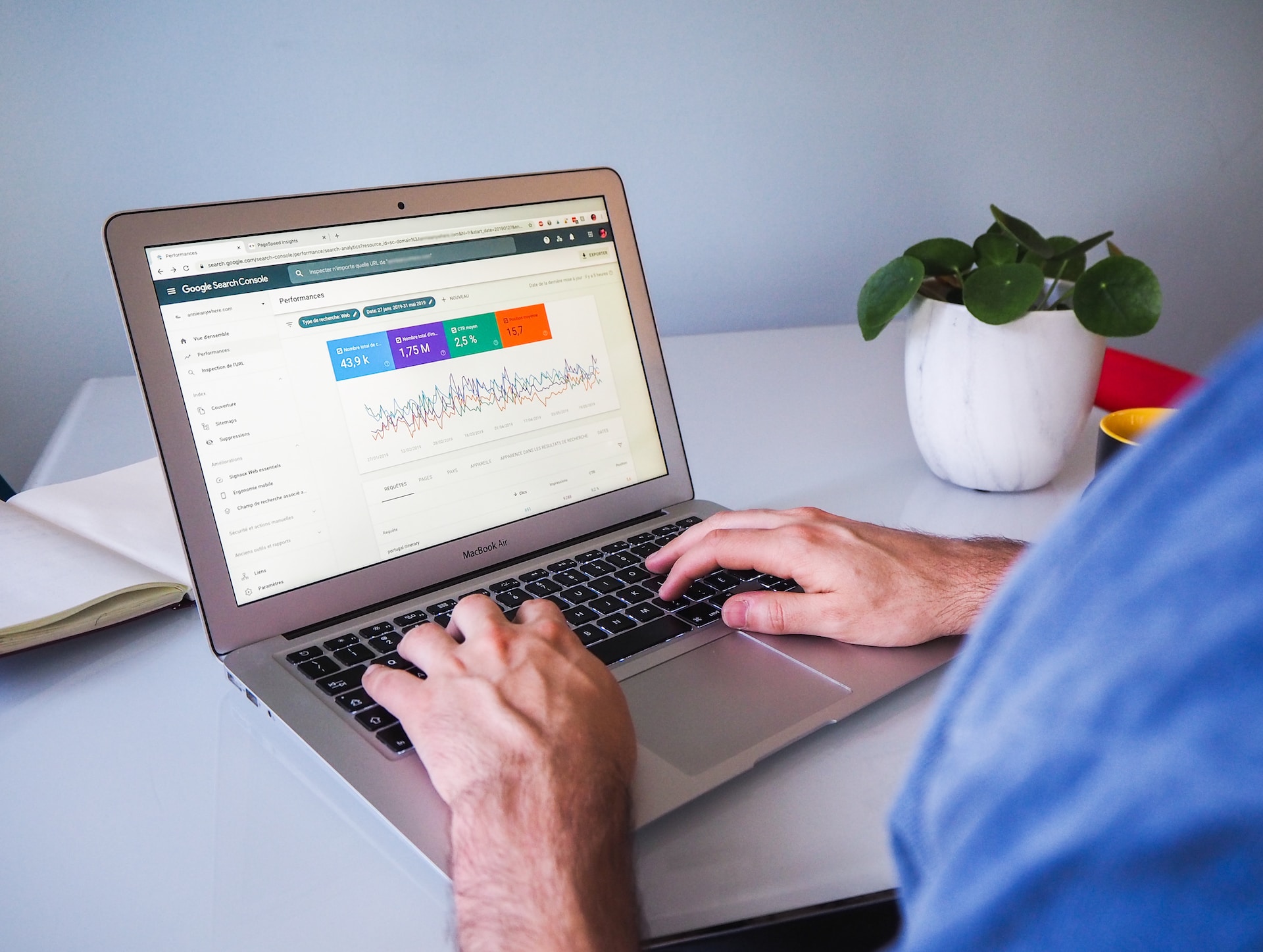
How Can AI Tools Enhance the Web Design Process?
AI tools play a pivotal role in enhancing the web design process. By leveraging machine learning algorithms, these tools analyze user behavior and design preferences to optimize user interface design. Data-driven design decisions driven by AI ensure precision and efficiency in user interactions, resulting in an elevated overall user experience.
Improving user experience through data analysis
Elevating user interaction and functionality through data analysis is pivotal in shaping the design of web interfaces. Informed decisions driven by data optimize user experience aspects, ensuring usability and interaction efficiency. Strategic data analysis plays a crucial role in enhancing overall user experience, offering valuable insights for website development. The utilization of AI web design tools facilitates quick prototyping and iteration, ultimately enhancing the accuracy of design decisions. By leveraging data-driven design, websites can offer a seamless and intuitive user experience, meeting the diverse needs of site visitors. This approach ensures that design elements are tailored to different screen sizes and browser windows, optimizing functionality and visual appeal.
Using AI for data-driven design decisions
When harnessing AI tools for data-driven design decisions, valuable insights are obtained that optimize user experience. The utilization of AI ensures precision and efficiency in user interface design, elevating overall user interaction. These tools facilitate informed design decisions based on data, enhancing user experience and interaction. By leveraging AI for data-driven design decisions, the optimization of user experience is achieved, ultimately leading to enhanced user interaction. AI-driven design decisions pave the way for user interface efficiency, emphasizing the significance of leveraging data to inform design choices.

Frequently Asked Questions
What does a web designer do?
- Web designers create the look of a website using design software.
- They use colors, layouts, and fonts to enhance the user’s experience.
- User experience is important, so designers aim to make the website easy to use and engaging.
- Collaboration with web developers ensures that the designs work well on all devices and browsers.
- A good web designer pays attention to detail, is creative, and knows design software like Adobe Photoshop or Sketch.
- Keeping up with current trends and communicating well with others on their team are also crucial skills for a web designer.
Is It Worth Learning Web Dev and Web Design?
- Understanding both web development and web design can be beneficial for creating a well-rounded website.
- While web development involves coding languages like HTML, CSS, and JavaScript, web design focuses on visual elements such as layout and color schemes.
- Whether it’s worth learning both depends on career goals and the desired website outcomes.
What should I know if I want to learn web design?
- To learn web design, start with the basics of HTML and CSS.
- Familiarize yourself with design principles like layout, typography, and color theory.
- Practice by creating your own website or working on projects.
- Stay updated with industry trends and new technologies.
What makes a great website design?
Here’s the formatted content as a list of bullet points:
- An excellent website design combines visual appeal with easy navigation.
- It should be responsive and optimized for mobile devices.
- It is crucial to have clear calls to action and a user-friendly interface.
- Moreover, taking into account the preferences of the target audience is a key factor in creating a great website design.
Conclusion
To sum it up, web design is a blend of creativity, functionality, and user experience. By understanding the fundamentals and incorporating design principles such as balance, contrast, emphasis, movement, rhythm, hierarchy, and white space, you can create engaging and visually appealing websites. It’s also important to utilize the right tools and stay updated with the latest trends in web design. Additionally, AI tools can enhance the design process by analyzing data and making data-driven design decisions. Whether you’re a beginner or an experienced designer, there are several free websites available that offer tutorials and resources to improve your web design skills. So, embrace the art and science of web design and create stunning websites that captivate your audience.















